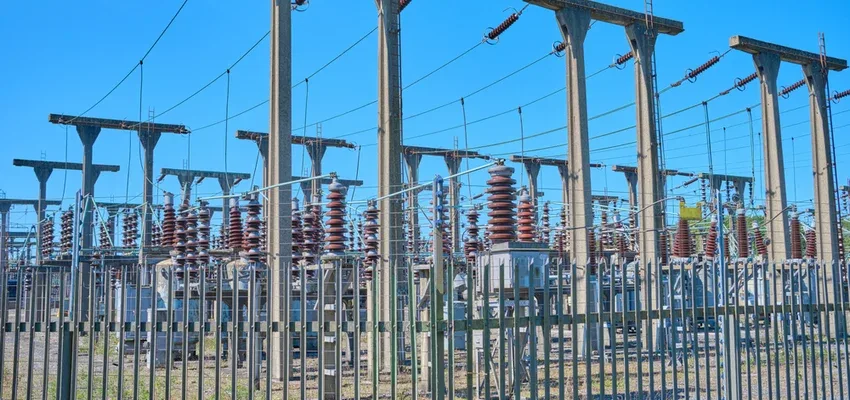National Grid ESO Deploys GE’s metering and forecasting solution
UK: GE Digital has announced that National Grid Electricity System Operator has deployed the company’s ground-breaking solution.

Image for illustration purposes
UK: GE Digital has announced that National Grid Electricity System Operator has deployed the company’s ground-breaking solution.
Effective Inertia Metering & Forecasting® is now in production across Great Britain’s electricity network. Inertia is a critical factor as it keeps a grid running when a generator suddenly disconnects, buying time for other generators to ramp-up. The solution is designed to deliver valuable capabilities to inform National Grid ESO’s management and engineers of grid inertia day-to-day to help ensure the system can handle a worst-case generator loss.
Most inertia comes from big fossil fuel, nuclear, and hydro generation. With the shift to renewables, grid inertia is reducing. What’s left is harder to measure because much of it is coming from demand, smaller generators, and grid behaviour “beneath the surface.” This makes life harder for system operators like National Grid ESO, and others across the world. Since inertia can be expensive and carbon-intensive, operators need to be confident they have enough while considering the cost to billpayers and emissions.
National Grid ESO and GE Digital have worked closely together to deploy the solution, built on GE Digital’s energy platform for Wide Area Management (WAMS) applications.
The project featured a staged delivery with incremental software releases and close week-by-week collaboration between GE and National Grid ESO. This enabled rapid feedback and adaptation, helping to navigate external dependencies – such as links to external energy forecast systems – leading to successful acceptance testing of the new solution. With real-time inertia metering now live for more than 200 days and inertia forecasting for a number of weeks across the Scotland region of the Great Britain grid, all that remains is to install additional Phasor Measurement Units (PMUs) in a handful of remaining substations to complete the Great Britain regional inertia picture.
“This pioneering tool will improve the ESO’s ability to manage system stability across the entire network as more renewable energy sources connect to the grid,” said Julian Leslie, Head of Networks at National Grid ESO. “It forms a suite of world-leading technology procured by the ESO that will enable us to generate inertia in a greener way and map and monitor it rather than bringing on coal or gas plants when inertia levels are estimated to be low.”
Source: GE
#GE Digital#grid inertia#metering and forecasting#National Grid Electricity System Operator#UK




